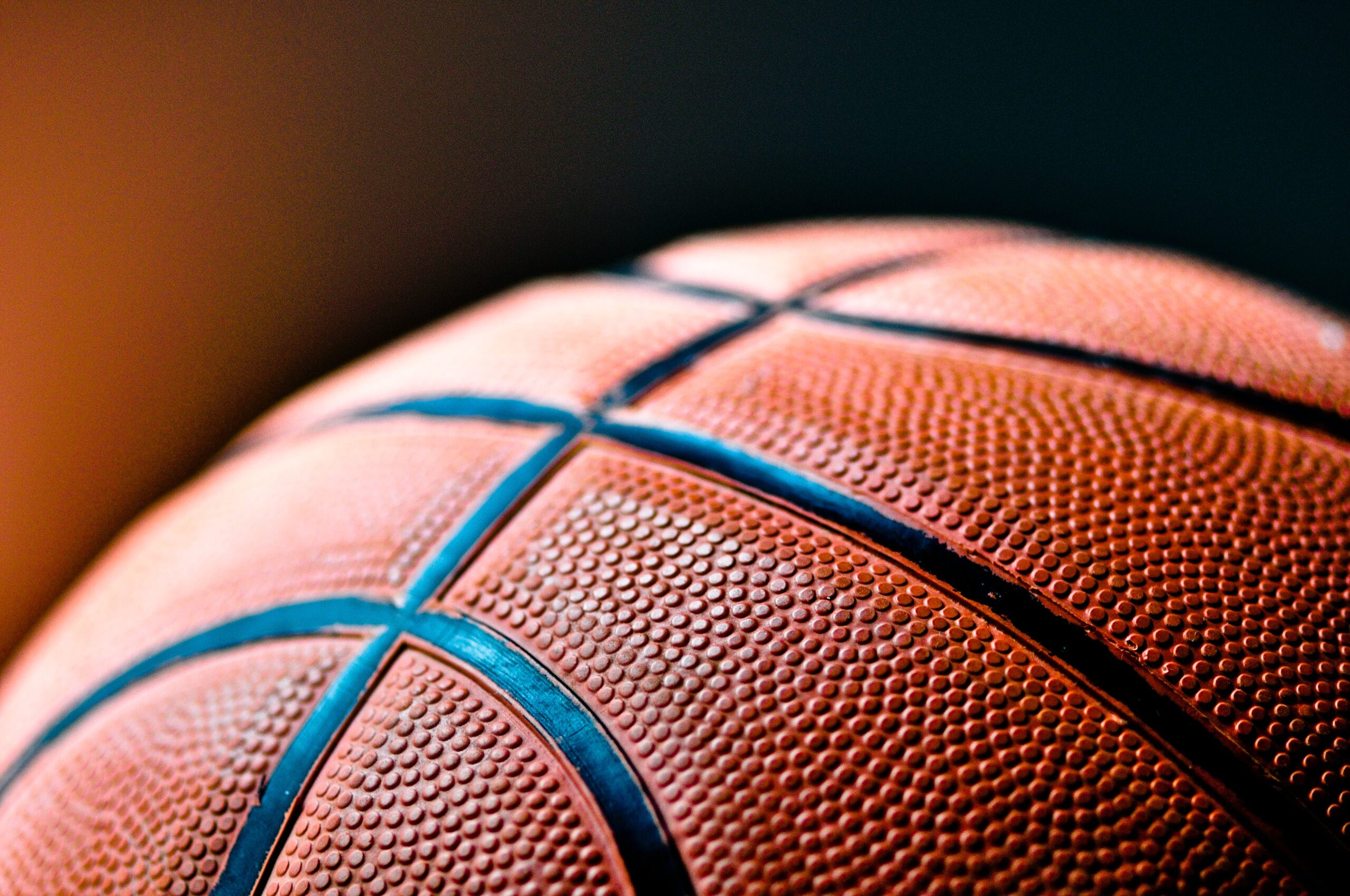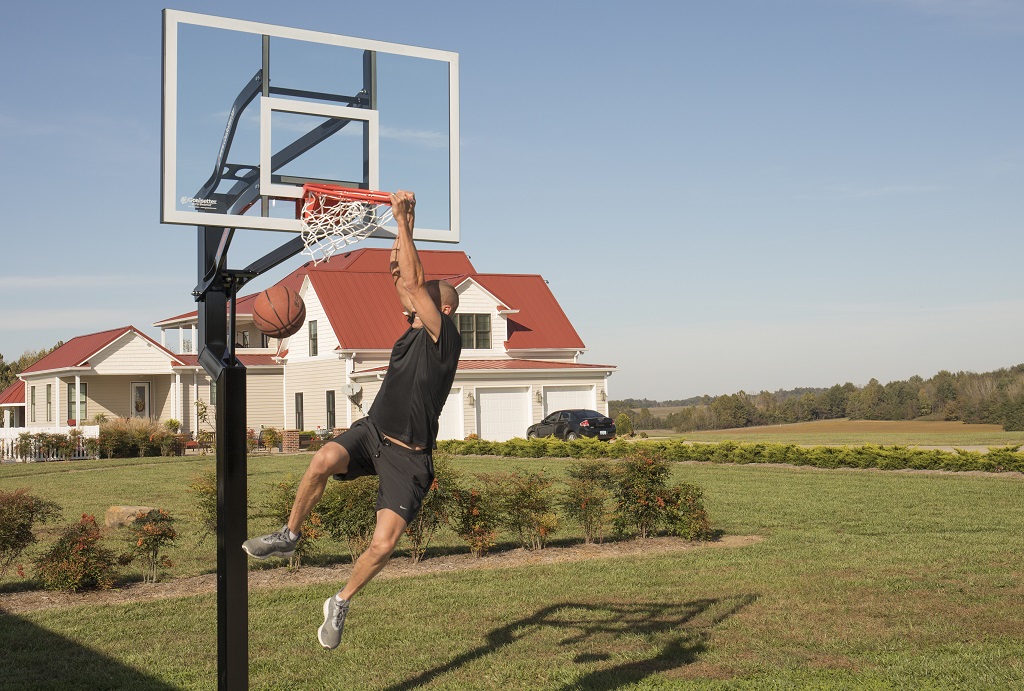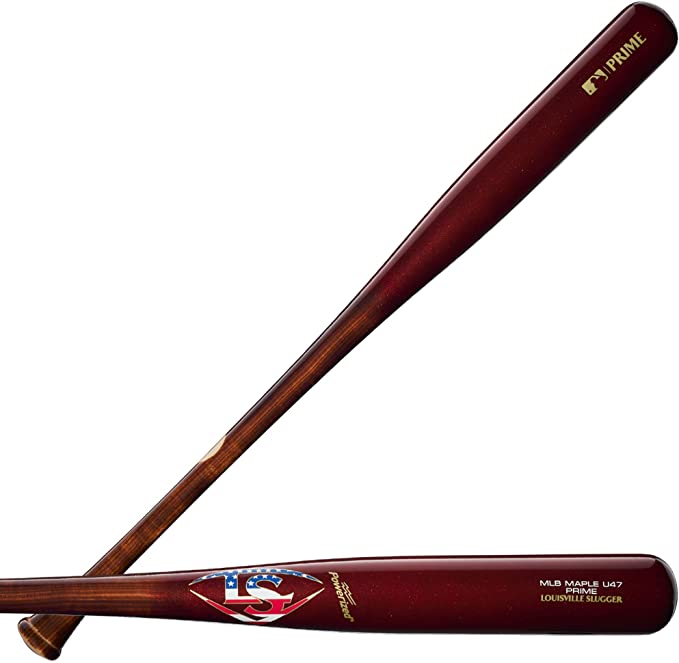Ice Hockey game has been around for years. The game is exciting to watch, but it is recognized as one of the toughest sports in the world. Wearing little more than pads and skates, players hit hard at each other with sticks or their fists. If that isn’t enough, they struggle on near-frozen surfaces while moving so fast they sometimes lose sight of the puck through their masks.
Ice Hockey has been known as the “Hardest Sport” because of the physicality and bravery of its players, but also because it is extremely difficult to play well. It is played in three 20-minute sessions of furious action. Because ice hockey is such a sophisticated game, it demands constant attention from the player. Physically and mentally, the players are taught to have a lot of strength and endurance.
The article below lists 11 reasons why we think Ice Hockey should be considered the hardest sport in the world.
11 Reasons Why Ice Hockey is the Hardest Sport
1) There is a need of Physical Isolation
One of the things that makes hockey a unique game is that it takes place on a sheet of ice so small that players can travel around it in seconds. The game requires constant locomotion and the ability to stop on a dime.
The rink is so tiny relative to the number of players out there at one time, which means there’s very little room for error. Most other sports don’t require a degree of mobility over such a small space.
2) You will play in a cold environment
Speaking of the ice, it makes playing the game one of the most difficult things a person could choose to do. In fact, no other major sport is played on ice.
When you play hockey in really cold temperatures, this increases your chances of injury exponentially. The reason for that is your muscles can contract more when it’s cold, which means you’re less likely to be able to skate away from an opponent after she makes contact with you.
3) You need to carefully handle the hockey stick
The hockey stick is one of the most iconic pieces of equipment in all sports. It’s powerful and effective but so dangerous that most leagues ban players from using it in the face of their opponents.
Hitting someone in the head with your stick is nearly as bad as tackling them, and yet hockey players do it all the time. Hitting someone with your stick is so dangerous that officials can award an automatic penalty shot or even a free-shot opportunity for your opponent if you manage to pull it off.
4) It is a handicap to play hockey because of the complexity
It’s not just that you need to be able to skate on ice wearing skates with little traction, but hockey players are always getting injured in the process. First of all, injuries are more likely in general when they’re cold because relaxed muscles contract more easily when the temperature is low.
What’s more, there are few things you can do in a hockey game that will leave you more exposed than skating backward to defend yourself against an oncoming opponent. There isn’t much room for error when it comes to turning around and accelerating quickly enough, so your skates don’t get caught up against the ice.
5)There are a lot of unpredictable situations when playing hockey
Hockey is sometimes called the fastest game on Earth, even faster than soccer. The puck may be small to you, but it’s harder to see than a basketball or baseball, which means players need an extraordinary level of focus and energy to track where it goes.
Once they do that, they have to figure out how to maneuver around an opponent, something that’s even harder while wearing skates. There are so many ways to get injured during a hockey game that it isn’t funny, so no other sport regularly has injuries as hockey does.
The biggest difference between hockey and other sports in terms of its entertaining factor is how it’s almost impossible to predict a game’s outcome. There aren’t many games in hockey where two teams really “take turns” dominating the action. In most cases, everyone will play more or less evenly for the first half of the game, and then one team will pull away in the third period.
6) The game is a bit unforgiving because of its rules and your opponent
Hockey is one of the least forgiving sports when it comes to mistakes. One missed call by an official can change the course of a game, which makes officials extremely important in this sport. The problem is that there are so few penalties called during any given game compared to other sports that you’re always left wondering why it’s not being called.
There are so many players on the ice at any given time that you can feel pretty safe just skating around if you have the puck. Still, nothing makes hockey more dangerous than losing your edge and finding yourself at risk for a collision with another player. You don’t want to try passing the puck between your skates because it’s nearly impossible to pull off. You also don’t want to stand still in your defensive zone, or you’ll be taken advantage of by an opponent like nobody’s business.
The most unforgiving part of hockey might be how one mistake can completely change the outcome of a game, even if it has nothing to do with the score. Hockey is such a fast sport with a small margin of error that going from having an advantage to being on your heels can happen in the blink of an eye. It’s not what you do, but how you do it. If you’re not paying attention, then even something as simple as passing the puck backward between your skates could be cause for embarrassment and a turnover.
7) You will hear a lot of stories about injured players
One of the most notable things about hockey is how little you can expect from your players when they’re hurt and unable to skate. A player who’s too injured to stay on the ice gets one minute on it before he has to be taken out of the game, and that time limit includes any time in between whistles while play continues.
If a player is too injured to be taken out of the game, he must sit there and watch as play continues around him. Players who’ve been seriously injured during hockey games continue sitting on the bench as their teammates’ fight for them because they’re still expected to play to help their team win.
In hockey, you don’t have to commit a penalty for your opponent to benefit from one of your mistakes. If you skate into the boards and injure yourself badly enough that you might not be able to return to the ice, the referee will most likely award a power-play opportunity to your opponent, which means they get to play offense for free.
8) The reality of the game affects all players
In most sports, players don’t need to be on the field of play, at least not all the time. Hockey players must always be ready to step onto the ice and keep playing until their team scores a goal or concedes one, which means they need to be constantly exercising outside of games as well.
If they’re not working out enough, that’s when fatigue starts to become an issue, which means players are more likely to get injured eventually.
9) You will face a lot of brawl stories about the hockey game
Hockey games often feature a lot of fighting. While most leagues have cracked down on how many fights they’ll allow before sending the players involved to the penalty box for five minutes, it’s impossible to remove all fighting from hockey without fundamentally changing how it works.
The fighting that goes on in hockey sets it apart from other sports. The thought behind that is that those who are reluctant to fight their opponents will end up losing control of the game as a whole. However, fighting happens often among players and officials alike, even during practice sessions. It seems like every year, at least one NHL player gets suspended for trying to fight an opponent who wouldn’t even bother to engage in a typical hockey fistfight.
10) The game has a “No break” rule
Hockey is a tough sport to play because of the constant need to check your opponents and make sure they don’t get the upper hand on you. Players also need to focus on what’s going on, which can become arduous if their opponents are getting away with anything in the way of illegal moves. Hockey players have to keep their heads up at all times because you never know what your opponents are planning to do next.
Many sports have breaks in the action where players can rest, which isn’t an option in hockey. For one thing, there aren’t nearly as many substitutes allowed on a team’s roster as other sports teams get to bring on and off their bench. In most cases, you’ll see five or six players from each team sent out on the ice simultaneously.
11) Skating is not easy to master and you’ll need a thorough practice
It’s hard enough for a hockey player to move around the ice, but it becomes increasingly difficult when you add in all the equipment they have to wear during a game. Not only does each player have skates, pads, and other protective gear on their legs and shoulders along with gloves and helmets, but players also need to carry a stick and a puck. Skating at full speed while trying to hit an opponent who doesn’t care about how much punishment she takes as long as she ends up scoring the winning goal is the ultimate challenge in hockey.
For hockey players to be good, they must learn to skate and move across the ice with as much speed and grace as possible. A lot of these skills that they develop over time tend to carry on into other aspects of their lives. For example, even though it’s almost impossible for hockey players to use skates in their day-to-day lives regularly, the sheer amount of practice they get while wearing them has led to many players being able to move around without much effort. In addition, hockey players will often employ skating as part of their workouts, if only because it’s good for their overall cardiovascular endurance and weight loss.






